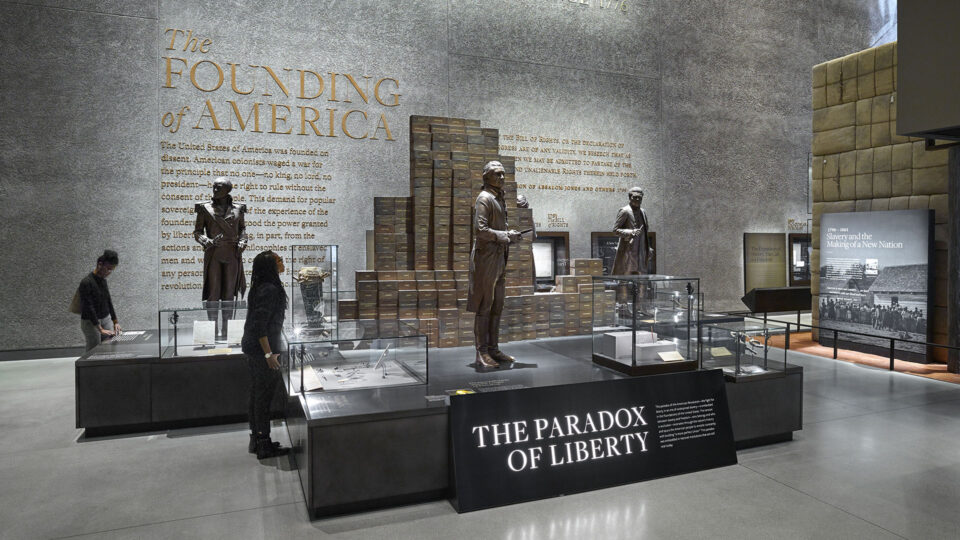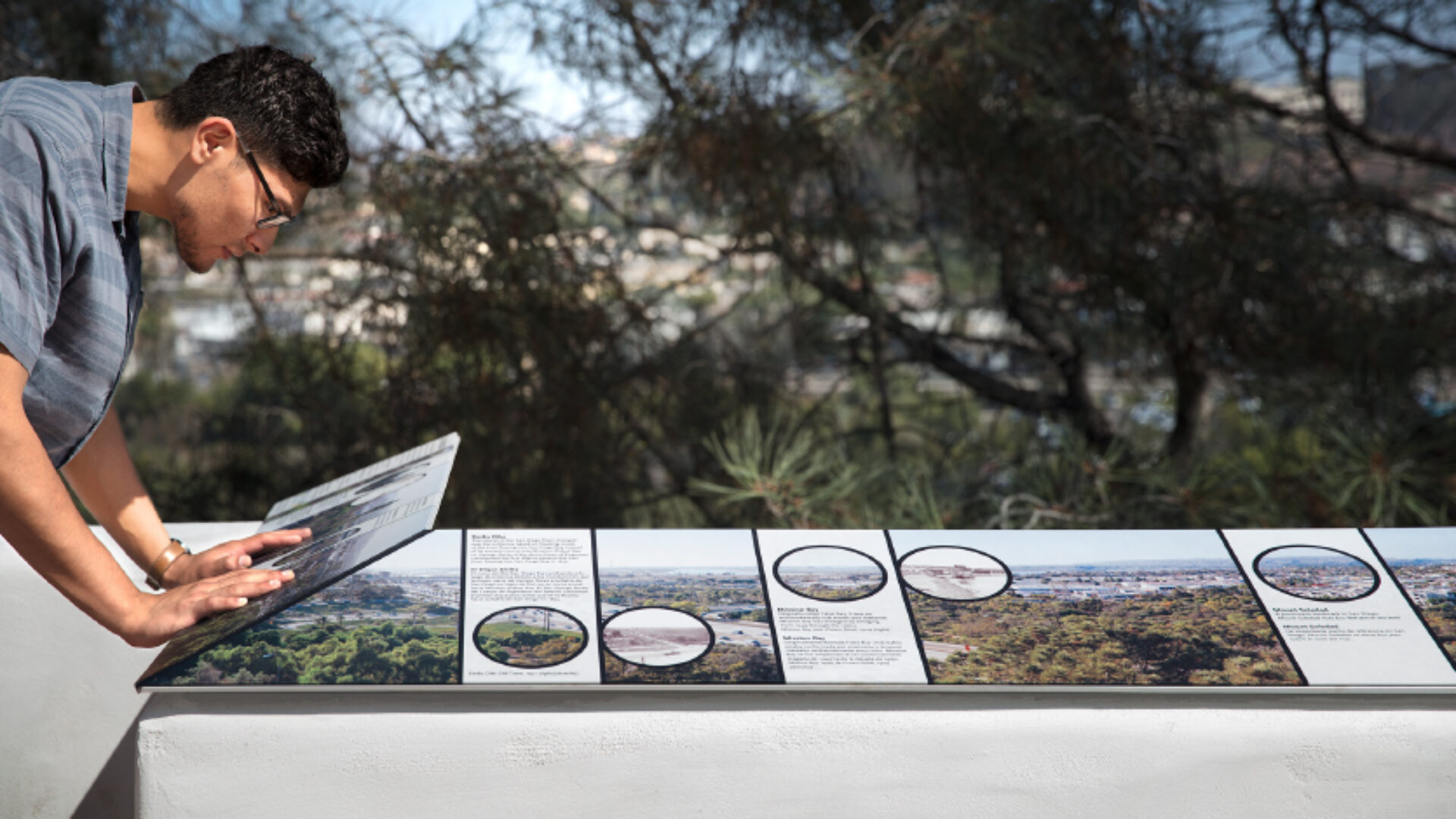When Public Memory Is Under Threat, Designers Must Lead
Interpretation is not decoration—it is public memory, embodied in place.
It reflects the responsibility we carry as designers to tell the truth with clarity, dignity, and depth.
Interpretation is how stories live in place. It’s how we connect the past to the present, honor truth, and inspire future generations. As designers of experiences across the National Park Service, the Smithsonian Institution, and public lands nationwide, the SEGD community has played a vital role in shaping how history is told in the American landscape.
Now, that work is under threat.
A recent executive order seeks to remove or rewrite signage and exhibits deemed “disparaging,” potentially erasing decades of carefully crafted interpretation rooted in historical truth and community voices. The implications are vast—not only for the signs and stories but also for the creative teams who brought them to life.
As reported by The New York Times (July 22, 2025), this mandate directs federal agencies—including the National Park Service and Smithsonian Institution—to identify and revise interpretive content that acknowledges topics like racial injustice, colonialism, or climate change. Already, park superintendents have been asked to audit signage and exhibits, and in some cases, prepare replacements.
This isn’t just a policy issue — it’s personal to us as designers. Our role is to give people the context they need to understand and appreciate what’s around them — to make their experience of a space meaningful and memorable. That’s why we are uniquely positioned to respond.
These are not just signs—they are the work of designers, fabricators, and storytellers who specialize in interpreting history, place, and meaning throughout the built environment. This is our work—our contribution to society, and our legacy as designers. SEGD members have played a critical role in shaping these messages on trailheads, inside visitor centers, and across national landmarks. Through thoughtful, inclusive design, we’ve helped communities tell difficult truths and share untold histories. That work deserves to be preserved—not erased.
We are not bystanders in this moment. We are its stewards.
One promising effort is Save Our Signs, a documentation and preservation initiative led by public historians and design researchers at the University of Minnesota. They are gathering imagery, original content, and fabrication records of interpretive signage at risk of being altered or removed.
How SEGD Members Can Help:
- Contribute project details, images, or documentation of past interpretive work—if you have the rights or permission to share them.
- Document signage projects you’ve contributed to that may be at risk.
- Collaborate with institutions and scholars to preserve this work in the public record.
- Advocate for the essential role of interpretation in creating informed, thriving communities.
Further Reading & Resources
- The New York Times – “Trump Orders Review of Historical Markers in National Parks”
- Save Our Signs – Initiative to Document and Preserve Interpretive Signage
People Also Viewed
-
Where Stories Connect Us: Defending Cultural Spaces

Where Stories Connect Us: Defending Cultural Spaces
